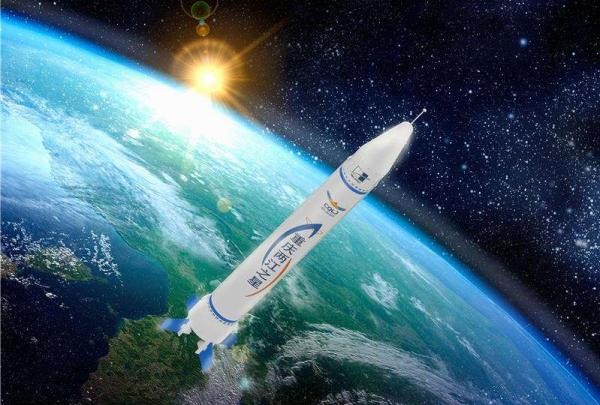
China’s first private commercial rocket blasts off
Beijing startup OneSpace sends suborbital carrier vehicle on maiden flight
There was a time when space missions were run exclusively by national space agencies and their contractors.
Now one ambitious startup in China has made history by launching the country’s first private commercial rocket.
But unlike SpaceX’s Falcon 9 or Blue Origin’s New Glenn, the Chinese rocket developed by OneSpace is designed for suborbital flights -- going up and down again without circling the Earth.
Going into orbit requires a much higher speed and a lot more energy. In contrast, suborbital vehicles can travel more slowly -- which means they are typically smaller, lighter, and cheaper. The Chongqing Liangjiang Star weighs 15,900 pounds -- not much heavier than an African elephant.
Another key difference? OneSpace says its rocket runs on a solid-fuel engine, which is safer and cheaper than a liquid-fuel one like that on Falcon 9. But there’s a big trade-off: Solid fuel can only be ignited once, which means the motor can’t be turned off.

He said eventually the company wants to build a capsule to bring passengers and cargo into space.
How China plans to challenge SpaceX with reusable rockets
But much of the attention from Chinese media is centered on how young the team is: The average age of staff is reportedly just 32. In China, CEO Shu has been compared to SpaceX founder Elon Musk (46) -- but he’s not the only one.
Can China solve its water problem with rain-making furnaces?
For more insights into China tech, sign up for our tech newsletters, subscribe to our Inside China Tech podcast, and download the comprehensive 2019 China Internet Report. Also roam China Tech City, an award-winning interactive digital map at our sister site Abacus.
For more insights into China tech, sign up for our tech newsletters, subscribe to our Inside China Tech podcast, and download the comprehensive 2019 China Internet Report. Also roam China Tech City, an award-winning interactive digital map at our sister site Abacus.

